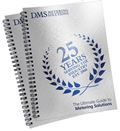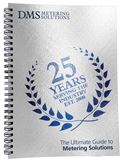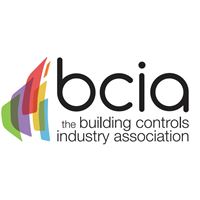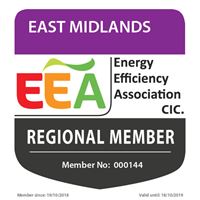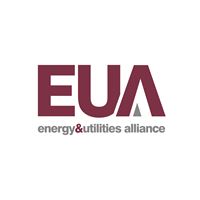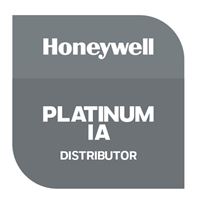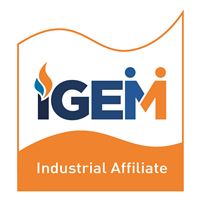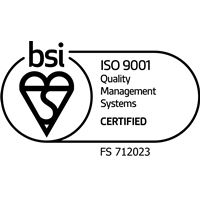What Are MID Standards in Metering? MI-001, MI-002, MI-003, MI-004 Explained
MID Standards for Metering Explained: What MI-001, MI-002, MI-003, and MI-004 Mean
If you're working with metering devices, whether for water, gas, electricity, or heat, understanding the MID standards for metering is essential. The MID, or Measuring Instruments Directive (2014/32/EU), defines the legal and technical requirements for meters used for billing across the EU and UK.
In this guide we’ll explain the MID standards, break down the different MI codes (MI-001 to MI-004), and help you determine which apply to your metering application.
What is MID (Measuring Instruments Directive)?
The MID (Measuring Instruments Directive) is an EU regulation that metering and measuring devices used for commercial purposes are:
Accurate
Reliable
Legally compliant
Any meter approved under MID is CE-marked and includes an MID marking (e.g., M21 for meters certified in 2021). MID-compliant meters are required for all billing and sub-metering applications across much of Europe and the UK.
Why Do MID Standards Matter?
If you use meters for charging tenants or customers for utilities, the law often requires those meters to be MID-approved. Using non-compliant meters can:
Invalidate billing
Breach regulations
Undermine trust with tenants or clients
MID Modules Explained: MI-001 to MI-004
Each MID module (MI-XXX) refers to a specific category of measuring instrument. Here's what each one covers:
MI-001 — Water Meters
What it covers:
Meters that measure the volume of cold or hot water supplied through a pipe.
Applications:
Domestic water metering
Commercial and industrial water billing
Multi-dwelling properties
Example MID-compliant products:
Apator PoWogaz single-jet and multi-jet meters
Apator PoWogaz woltman meters
Apator PoWogaz ultrasonic meter
MI-002 — Gas Meters and Volume Conversion Devices
What it covers:
Devices used to measure gas volume and convert it to standard conditions (temperature and pressure).
Applications:
Domestic gas supply
Industrial and commercial gas metering
Combined gas meter and volume converter systems
Example MID-compliant products:
Honeywell BK-G Diaphragm Meters
Honeywell RABO Rotary Meters
Honeywell EK205, EK220 and EK280 Volume Converters
MI-003 — Active Electrical Energy Meters
What it covers:
Electricity meters that measure active energy (kWh) consumed over time.
Applications:
Utility company electricity meters
Smart meter installations
Commercial energy sub-metering
Example MID-compliant products:
Apator Norax 1 & 3 Electricity Meter
Eastron SDM range of DIN rail Electricity Meters
Emlite ECA2 & EMP1 Electricity Meters
MI-004 — Heat Meters
What it covers:
Thermal energy meters that calculate energy transferred in a heating or cooling system.
A heat meter typically includes:
A flow sensor
Two temperature sensors
A calculator unit
All components must be assessed as a system to be MID MI-004 approved.
Applications:
District heating schemes
Apartment blocks and communal heating
Energy billing for heat or cooling
Example MID-compliant products:
Sontex SuperStatic meters
Siemens ultrasonic meters
Other MID Categories (MI-005 to MI-010)
Module | Instrument Type | Use Case |
MI-005 | Non-water liquids | Fuel dispensers, milk flow meters |
MI-006 | Automatic weighing instruments | Industrial scales |
MI-007 | Taximeters | Taxis and ride-hailing vehicles |
MI-008 | Material measures | Fuel cans, tankers |
MI-009 | Dimensional measuring systems | Parcel and cargo volume |
MI-010 | Exhaust gas analysers | Vehicle emissions testing |
How to Check If a Meter Is MID-Compliant
Look for these indicators: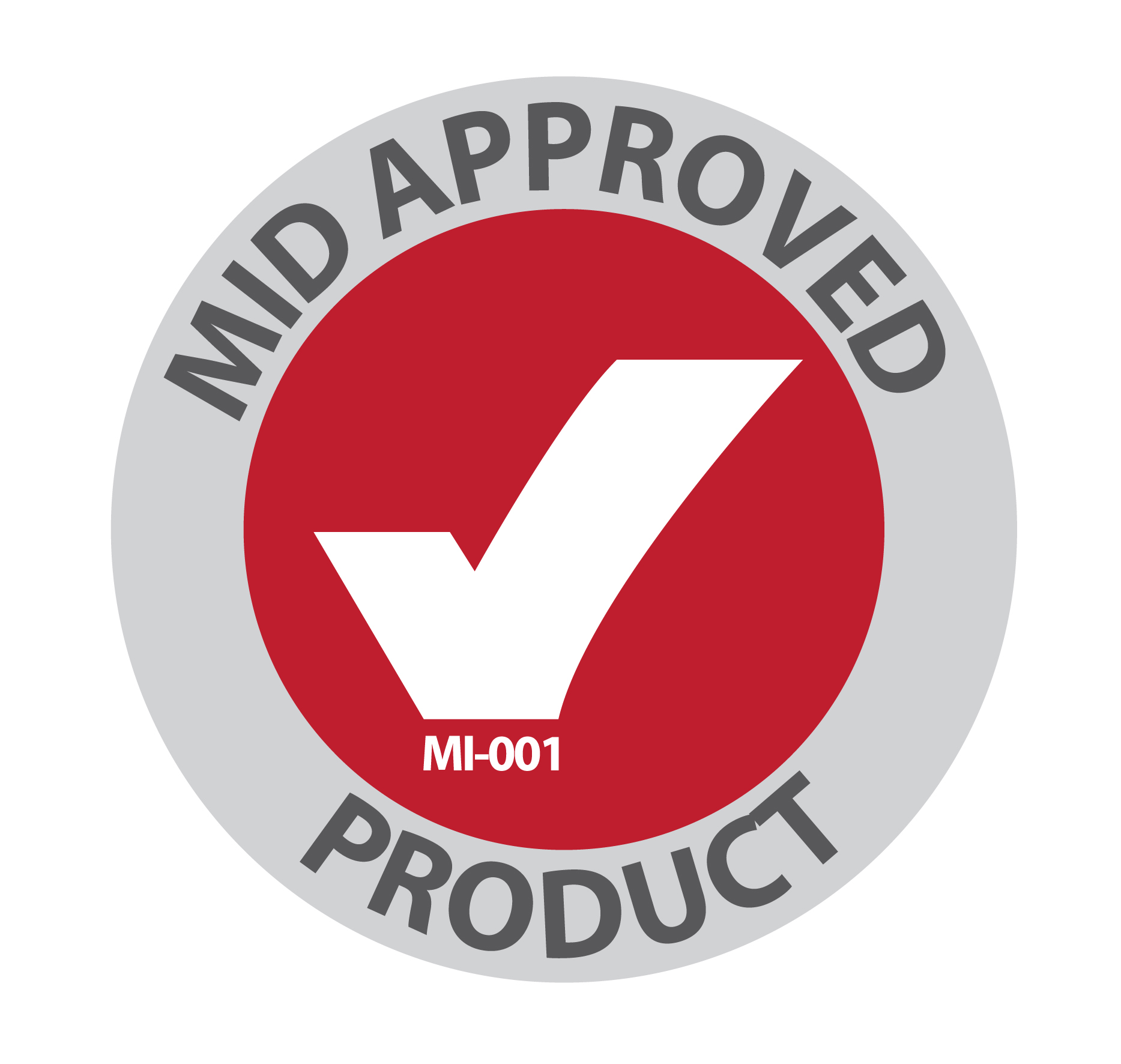
CE Marking
MID Year Mark (e.g., M24)
Declaration of Conformity
Product datasheet listing MID module (e.g., “Conforms to MI-004”)
FAQs: MID Standards for Metering
❓ Is MID certification required in the UK?
Yes. The UK continues to recognise MID standards post-Brexit for billing purposes.
❓ Can I use a non-MID meter for monitoring only?
Yes. MID is only required for financial transactions such as tenant billing.
❓ Are all parts of a heat meter tested under MI-004?
Yes, the flow sensor, temperature sensors, and calculator must all be approved as one unit.
Summary: Choosing the Right MID Module
Understanding the difference between MI-001, MI-002, MI-003, and MI-004 helps ensure you’re selecting the right metering solution — whether you're metering water, gas, electricity, or heat.
For metering that is legally compliant and suitable for billing, always ensure your devices are MID-certified under the appropriate module.
Need Help Choosing the Right MID Meter?
At DMS Metering Solutions, we provide a full range of MID-approved water, heat, and utility meters from leading brands including Sontex, Apator PoWogaz, Elvaco, and Honeywell.
👉 Contact us for expert guidance and product recommendations.
01773 534555 / meters@dmsltd.com
 Training (Lunch & Learn)
Training (Lunch & Learn)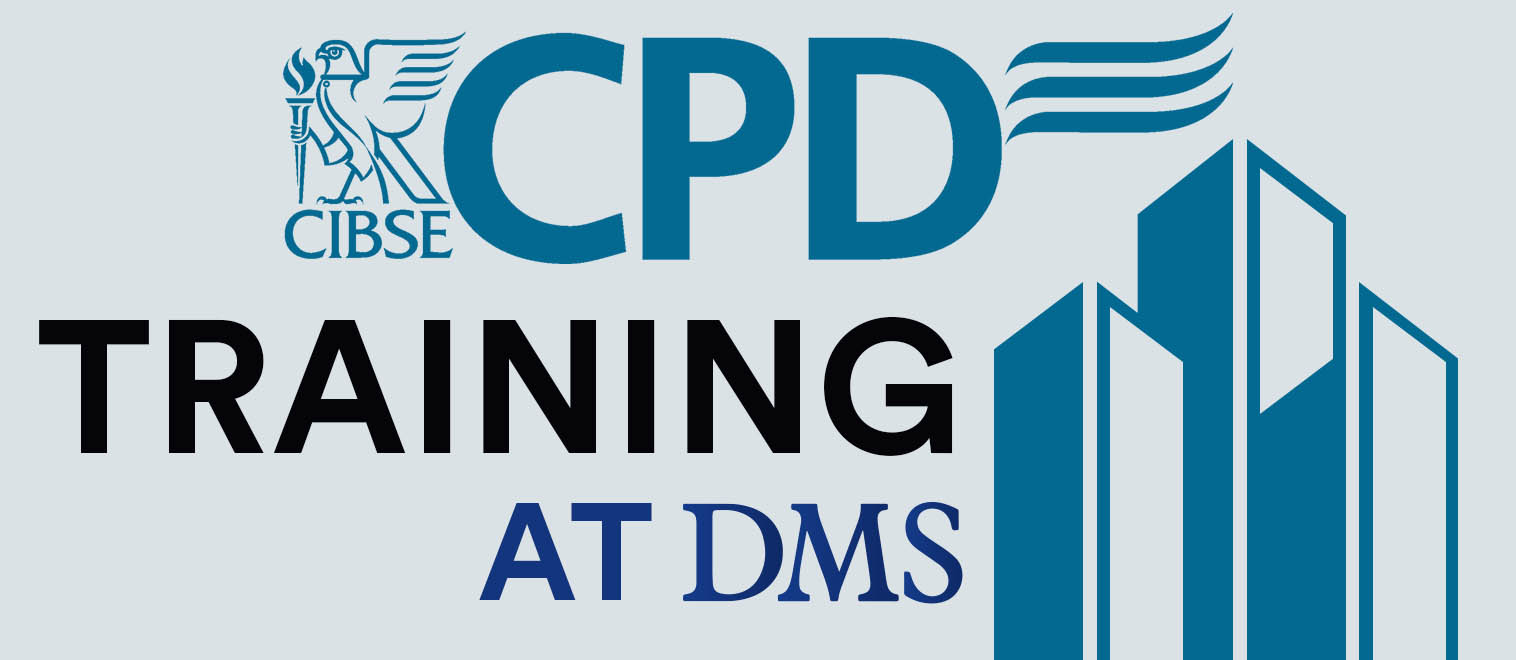 CPD Training
CPD Training



















